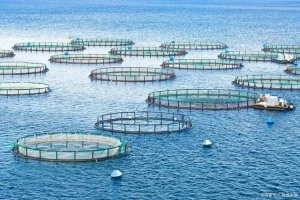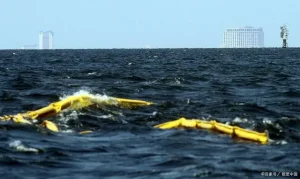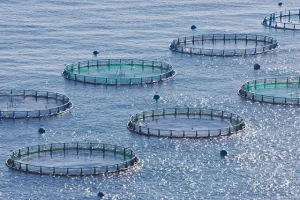Objectively speaking, the breeding mode of deep-sea cage culture does have certain risks. However, this risk is controllable, and with the further development of breeding technology, the breeding risk will become lower and lower.

Deep sea cage culture
The biggest risk of deep-sea cage culture is undoubtedly natural disasters such as typhoon. In the past years, the typhoon blew over the deep-sea cage, which led to heavy losses of aquaculture enterprises. However, do not change your mind about deep-sea cage culture just because of this kind of news. Because enterprises that have been blown over deep-sea cages often use low-quality cages whose quality does not meet international standards in order to save the cost of cage construction. This kind of cage is low in cost and poor in quality, and cannot withstand typhoon, so it will be blown over. If aquaculture enterprises can adopt high-quality and solid cages that meet international standards, then in fact, many rollover tragedies can be avoided. Moreover, the release of marine natural disaster early warning information is also very timely. If aquaculture enterprises can strengthen the cage in advance before the typhoon, the probability of overturning will be smaller.
Typhoon destroys deep-sea cage
Another risk of deep-sea cage culture is ultra-high density culture. In order to improve the breeding income, some breeding enterprises have increased the breeding density and put too many fry in the same cage. In this way, the growth space of fry in the cage will be insufficient, which will lead to the unhealthy growth of all fry, and fry will be more likely to get sick and even die early. In the end, the quality and quantity of fish harvested by the enterprise were all poor. However, this risk is more avoidable, as long as scientific breeding is carried out according to the standard breeding density, it can be completely avoided.

Deep sea cage with normal breeding density

Although the breeding mode of deep-sea cage culture has risks, the risks are not high on the premise that the breeding enterprises use high-quality cages and conduct scientific breeding. In order to monitor the growth of fry in the cage at any time, the intelligent fishery management system can be used to monitor the breeding environment in real time. Haosail machinery team has been deeply involved in the field of deep-sea aquaculture for many years, and has national leading project experience in the construction of high clear copper alloy fish net, suspended lifting cage and supporting facilities. The deep-sea system created can help aquaculture enterprises further reduce aquaculture risks.
